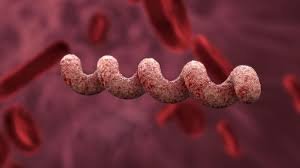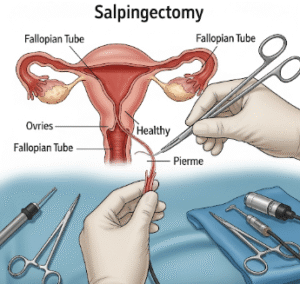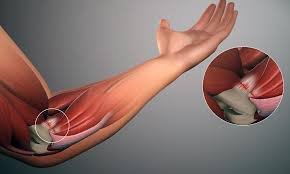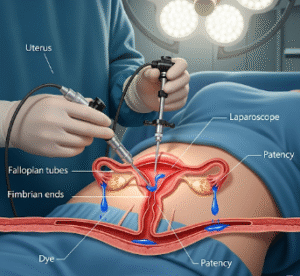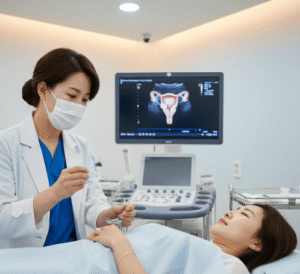Overview
Gonorrhea is a sexually transmitted infection (STI) caused by the bacterium Neisseria gonorrhoeae. It can infect the genital tract, rectum, throat, and, in rare cases, the eyes. In Korea, gonorrhea is a notifiable disease, meaning healthcare providers must report cases to the national surveillance system. While the overall rate of infection is lower compared to many countries, cases still occur among sexually active individuals, especially in urban areas. Untreated gonorrhea can cause severe complications, including infertility and increased risk of HIV infection.
Symptoms
Symptoms vary depending on gender and the site of infection. Many individuals may not experience noticeable signs, particularly women.
- In men:
- Burning sensation during urination
- Thick, pus-like discharge from the penis (white, yellow, or green)
- Painful or swollen testicles
- In women:
- Increased vaginal discharge
- Pain or burning during urination
- Intermenstrual bleeding
- Pelvic or lower abdominal pain
- Other possible symptoms:
- Sore throat (if the throat is infected)
- Anal itching, pain, or discharge (if the rectum is infected)
- Eye redness, pain, or discharge (if eyes are affected)
Causes
Gonorrhea spreads through:
- Unprotected vaginal, anal, or oral sex with an infected person
- Sharing of sex toys without cleaning or protection
- Mother-to-child transmission during childbirth
Risk Factors
- Multiple sexual partners
- Unprotected sex
- History of other STIs
- Adolescents and young adults (15–29 years)
- Men who have sex with men (MSM)
Diagnosis
In Korea, diagnosis involves:
- Urine test to detect bacterial DNA
- Swab samples from the cervix, urethra, rectum, or throat
- Nucleic acid amplification test (NAAT), widely available and highly accurate
- Culture testing, particularly for monitoring antibiotic resistance
Prevention
- Consistent and correct use of condoms
- Reducing the number of sexual partners
- Regular STI screening for sexually active individuals
- Prompt treatment of both the patient and their partners
- Health education programs promoting safe sex in Korea
Treatment Options in Korea
Korean hospitals and clinics follow updated global treatment guidelines. Due to the rise of antibiotic resistance, treatments are carefully monitored.
- First-line treatment: Intramuscular ceftriaxone injection combined with oral azithromycin or doxycycline
- Partner management: All recent sexual partners are advised to get tested and treated
- Test of cure: Repeat testing after treatment to ensure the infection has cleared
- Antibiotic resistance monitoring: Korean laboratories track resistant strains to ensure effective treatment
Prognosis
With timely treatment, gonorrhea can be cured completely. However, untreated infections can cause infertility, pelvic inflammatory disease (PID), ectopic pregnancy, chronic pelvic pain, or systemic complications. In Korea, due to modern healthcare facilities and advanced antibiotic surveillance, most patients recover fully, though antibiotic-resistant gonorrhea remains an important public health concern.

